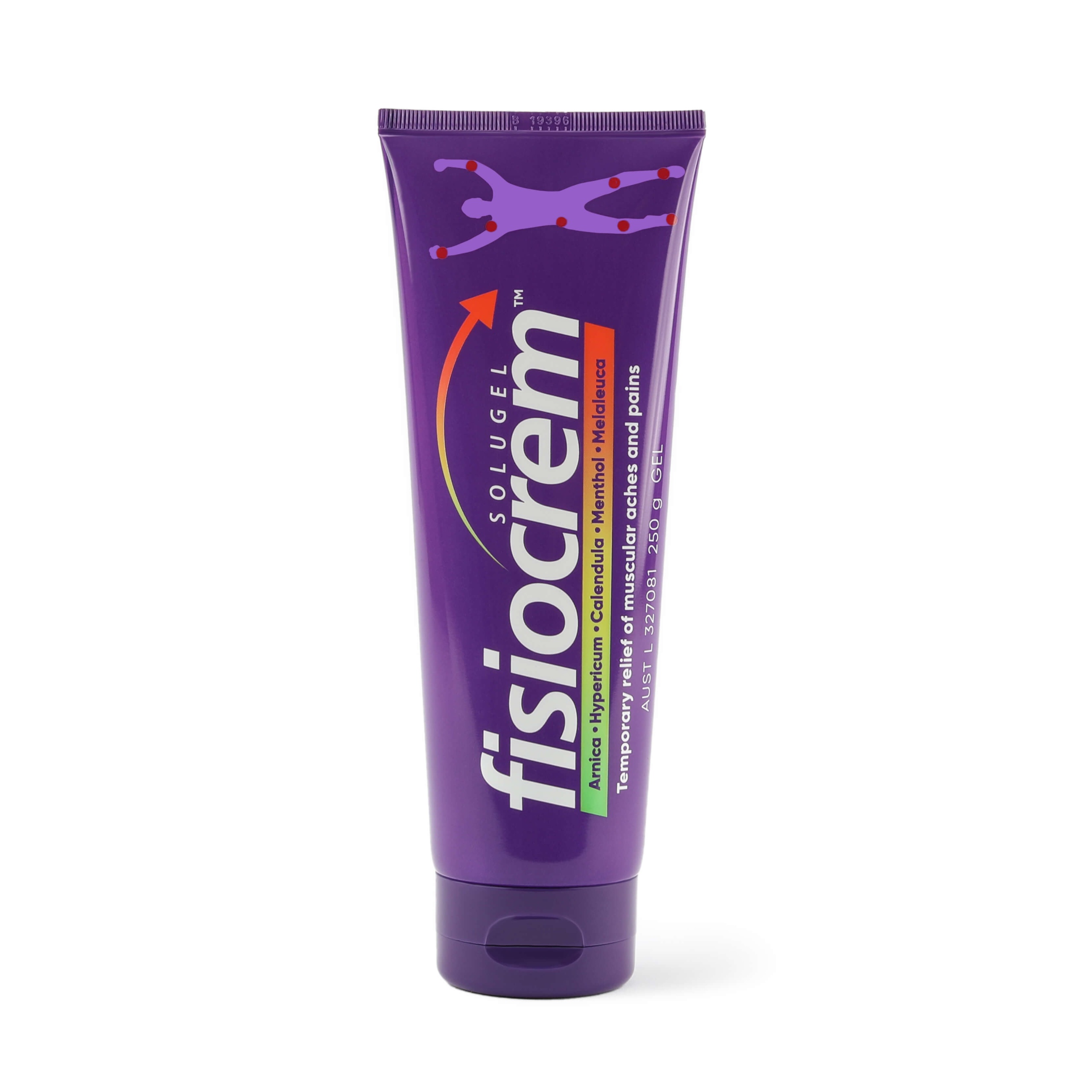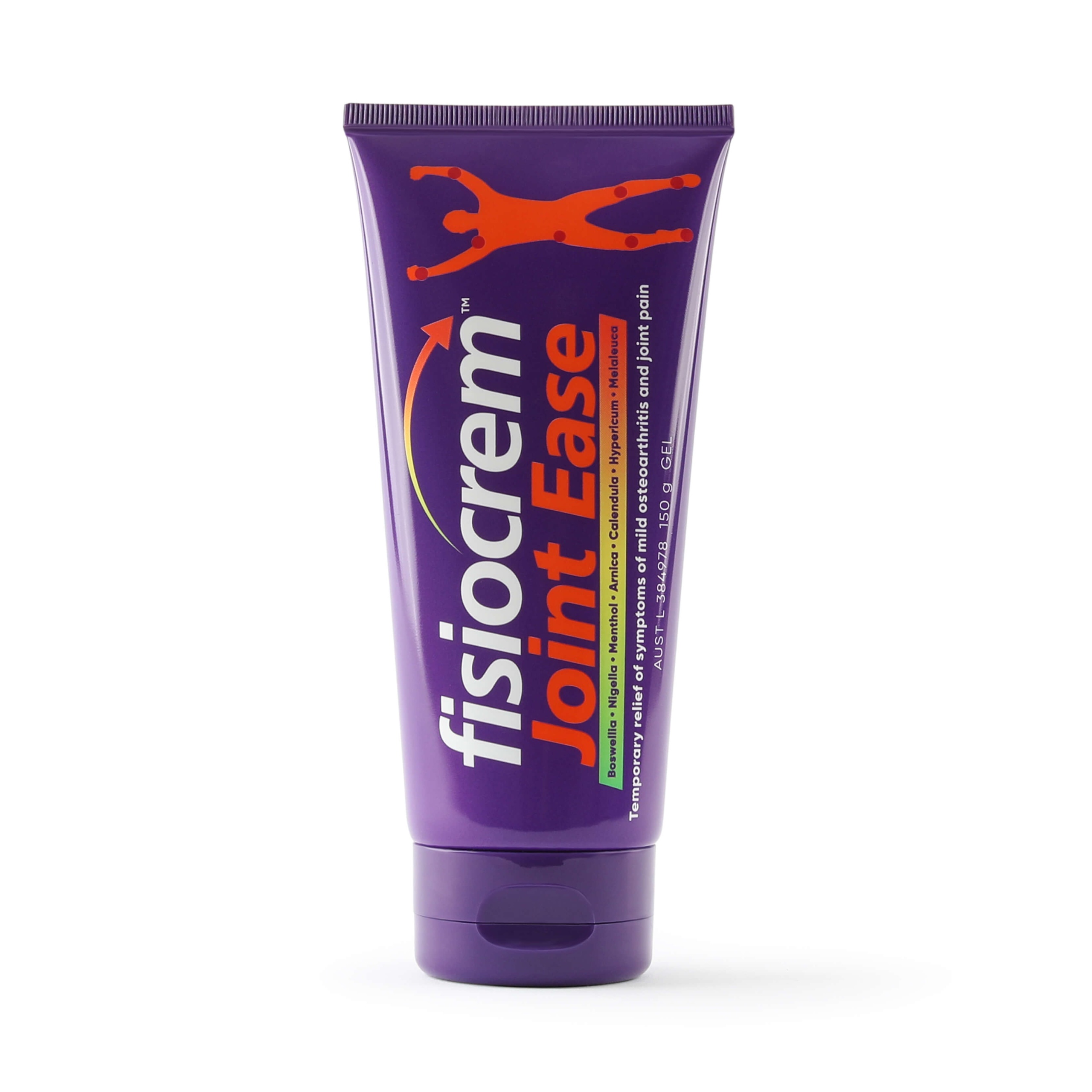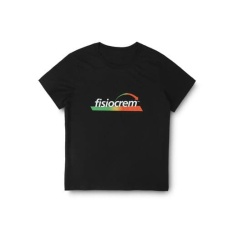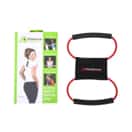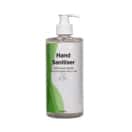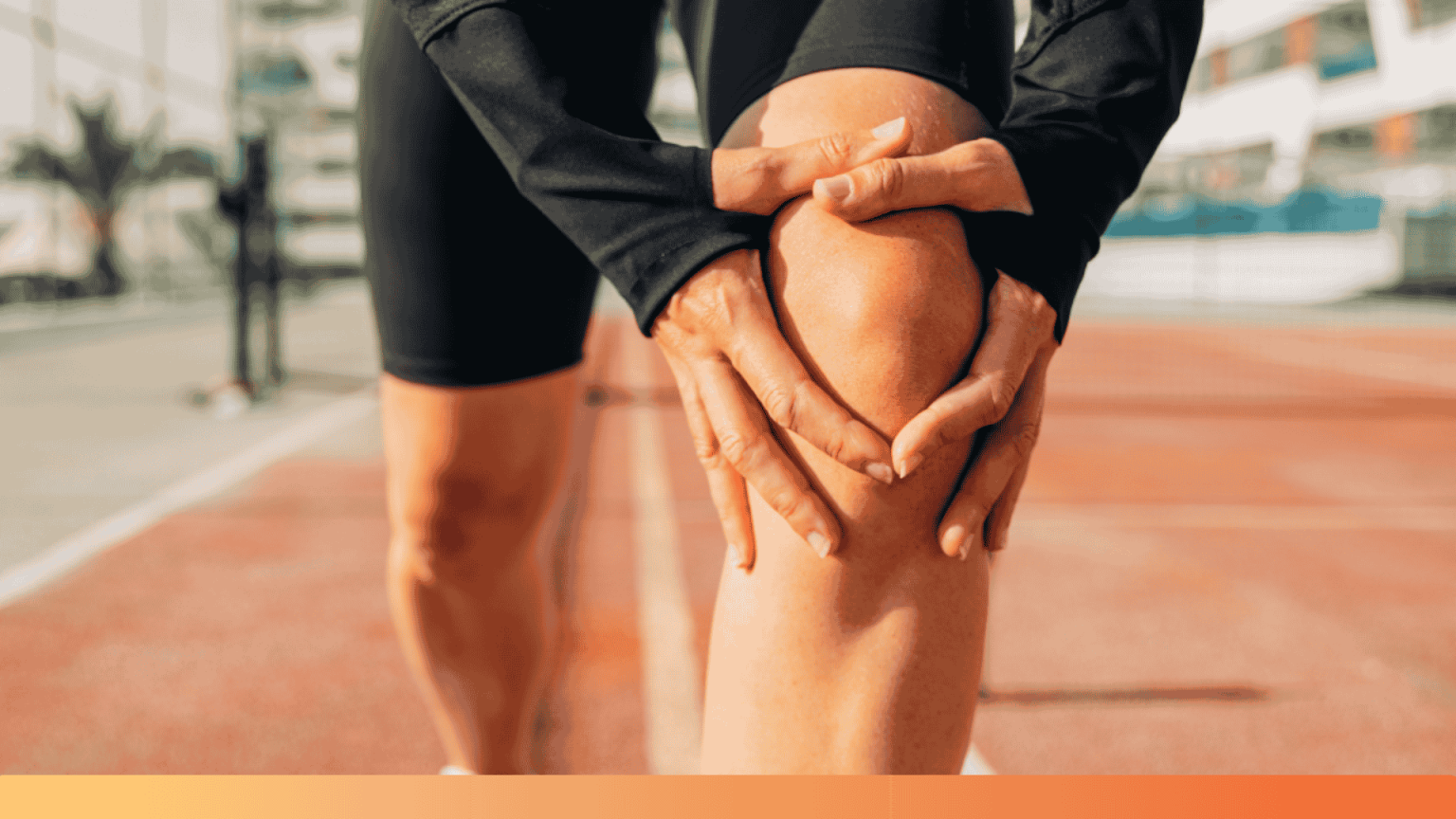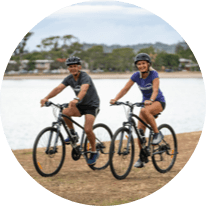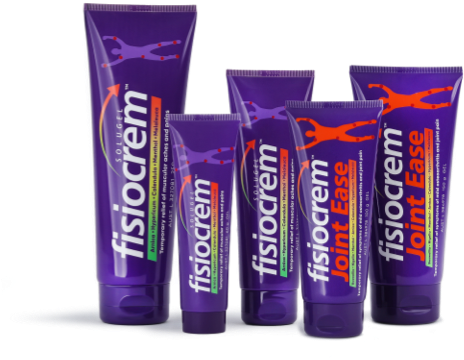Pain after exercise is something anyone who works out regularly knows well. After a workout, you may feel great, but the next day, sore muscles can make movement difficult. This discomfort, known as delayed onset muscle soreness (DOMS), typically occurs 1 to 2 days after exercise (MacIntyre et al., 1995).
While it’s a normal part of building strength and endurance, there are effective ways to manage muscle pain and speed up recovery. Discover the reasons behind post-exercise soreness, ways to relieve it, and how fisiocrem Solugel can support your recovery.
What causes muscle pain after exercise?
Muscle soreness after exercise occurs when muscles experience micro-tears because of intense physical activity (Cheung et al., 2003). This is especially common when trying new exercises or increasing workout intensity. The body’s inflammatory response to these tears leads to swelling and inflammation, which contributes to pain and stiffness. Delayed onset soreness is most common after eccentric exercises, like downhill running or lowering weights (Gulick, et al., 1996).
Muscle soreness is a sign that your body is adapting and growing. Severe discomfort may indicate a more serious soft tissue injury requiring additional care.
What helps sore muscles after a workout?
Here are some evidence-based strategies to manage soreness and support recovery:
1. Stay Hydrated
Hydration plays a crucial role in flushing out toxins and reducing muscle cramping. Drink plenty of water before, during, and after exercise to support overall muscle function (Chodkowski, 2024).
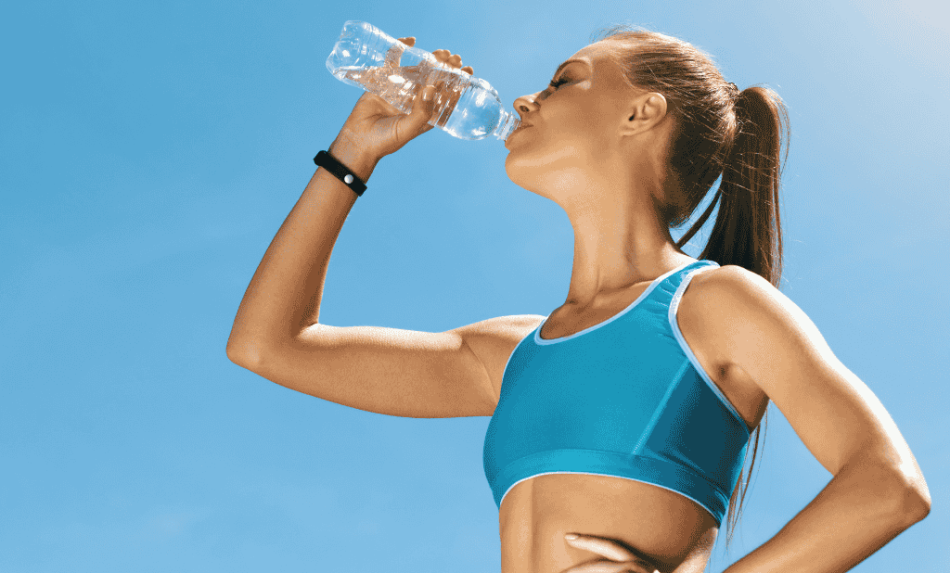
2. Active recovery
Gentle movements like walking, cycling, or stretching help increase blood flow to sore areas, promoting faster recovery. Active recovery can also reduce stiffness associated with DOMS.
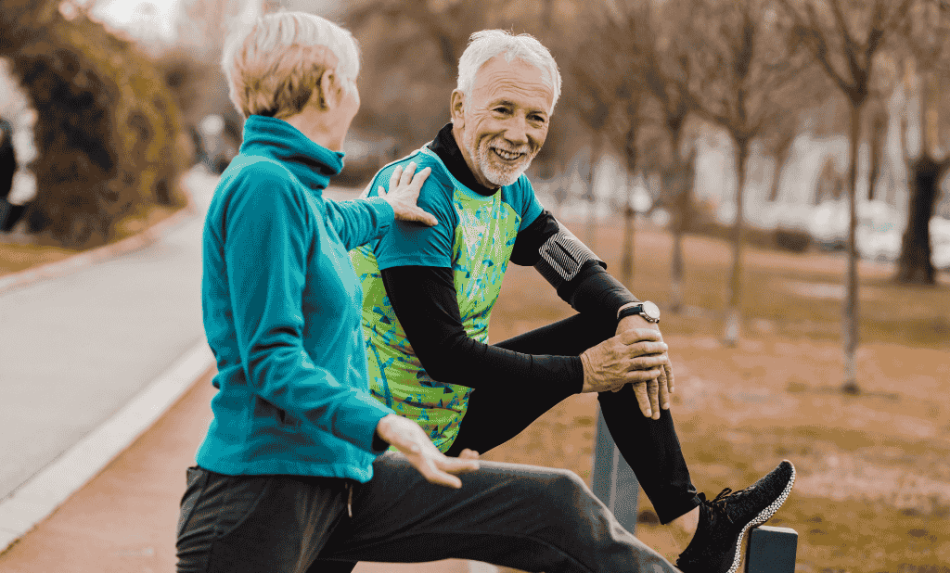
3. Cold and heat therapy
Applying ice to sore muscles in the first 24 hours can help reduce inflammation. Afterwards, using a heat pack may relieve stiffness and promote relaxation (Wang et al., 2021).
4. Massage and foam rolling
Using a foam roller or massaging sore muscles improves circulation, reduces tension, and aids in recovery (Wiewelhove, et al., 2019).
5. Topical pain relief gels
Products like fisiocrem Solugel are ideal for managing post-exercise muscle pain. Fisiocrem Solugel is a topical anti-inflammatory gel containing naturally derived active ingredients and menthol. Topical gels like fisiocrem Solugel help to relieve soreness and reduce swelling associated with soft tissue injuries. Simply apply the gel to the affected area for effective muscle pain relief (Ramon et al., 2022).
How to prevent muscle soreness
Although it’s impossible to avoid all muscle soreness, incorporating these strategies can help minimise discomfort:
- Warm-up and cool down: Preparing muscles with dynamic stretches before exercise and cooling down afterwards, can reduce stiffness.
- Gradual progression: Increase workout intensity gradually to allow muscles time to adapt.
- Maintain good nutrition: Eating a balanced diet with protein and anti-inflammatory foods helps repair muscles and relieve pain.
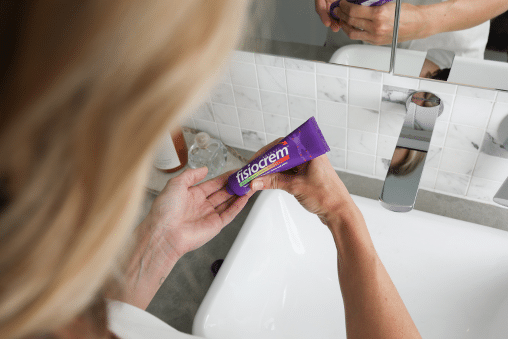
How to relieve muscle pain after exercise
When muscle pain strikes, quick action can help reduce discomfort and get you back to your routine faster. Stretching, using foam rollers, or applying a topical gel designed for muscle pain relief are great immediate remedies. Keeping inflammation in check is key to reducing sore muscles after a workout.
When to seek professional help
If muscle pain lasts more than a week, or if there is severe swelling or limited movement, consult a healthcare professional. Persistent pain may indicate a more serious injury, such as a strain or sprain, that requires specialised treatment.
Muscle soreness is a natural part of physical fitness, but it doesn’t have to slow you down. Incorporating recovery strategies like hydration, active recovery, and topical pain relief gels like fisiocrem Solugel can keep you moving.
If you have mild discomfort or a soft tissue injury, taking steps to manage inflammation will help you to keep moving.
References:
- Cheung, K., Hume, P. A., & Maxwell, L. (2003). Sports Medicine, 33(2), 145–164.
- Chodkowski, J. (2024). The Role of Nutrition and Hydration in Injury Prevention and Recovery: A Review.
- Gulick, D. T., Kimura, I. F., Sitler, M., Paolone, A., & Kelly, J. D. (1996). Various treatment techniques on signs and symptoms of delayed onset muscle soreness.
- MacIntyre, D. L., Reid, W. D., & McKenzie, D. C. (1995). Sports Medicine, 20(1), 24–40.
- Ramon et al Ortho & Rheum Open Access J 20(1): OROAJ.MS.ID.556028 (2022) This study was funded by fisiocrem.
- Wang, Y., Li, S., Zhang, Y., Chen, Y., Yan, F., Han, L., Ma, Y. (2021). Physical therapy in sport, 48, 177-187.
- Wiewelhove, T., Döweling, A., Schneider, C., Hottenrott, L., Meyer, T., Kellmann, M., Pfeiffer, M., Ferrauti, A. (2019). Exercise Physiology. A meta-analysis of the effects of foam rolling on performance and recovery, 10.

